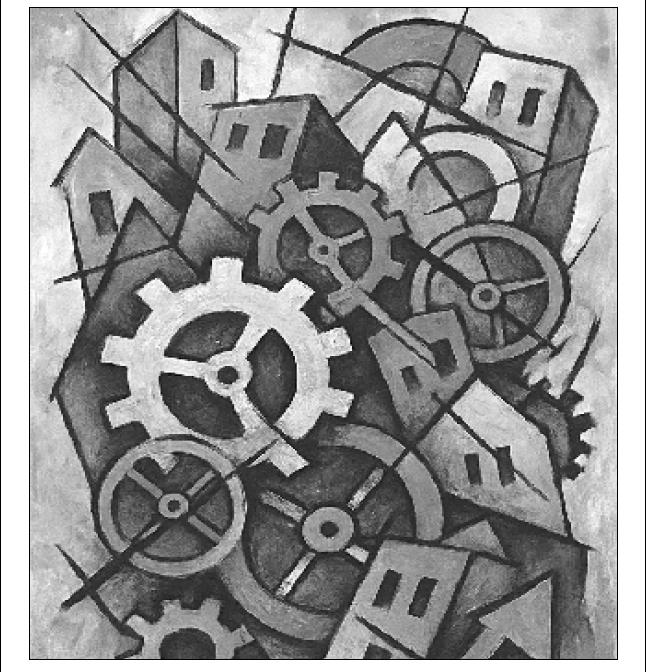Ineffective governance
2025-09-25
THE sound of rain no longer brings joy to the people in Sindh. It brings dread. As dark clouds gather, families in the katcha belt hurriedly lift their belongings to higher ground. Children cling to charpoys, elders pray, and everyone watches the swollen Indus with fear. The Guddu and Sukkur barrages, once symbols of protection, now feel like weak guardrails against a raging river. Year after year, Sindh fears floods, and year after year, the promises of safety get washed away first.
Take the Nai Gaj Dam in Dadu. It was approved back in 2009, and was supposed to be Sindh`s shield, storing water in dry months and slowing floods in wet ones.
Around 16 years later, it is still unfinished.
Billions have been committed by the fe deral government, but politics, land disputes, resettlement issues, and endless tug-of-war have together turned an urgent project into a slow-motion tragedy.
And the same neglect runs through flood protection works. Donor-backed programmes boast huge numbers on budgetpapers. But when the 2022 floods struck, bunds cracked and entire villages were lost. The money was pledged, the projects were approved, but things on the ground never changed.
Red-tape, donor conditions and politics delayed the projects that could have saved lives. In places like Kamber, Dadu and Jamshoro, people still protect themselves against floods with nothing more than fragile mud walls.
Climate change has made Pakistan`s monsoon harsher and more unpredictable.
But blaming the skies alone is an excuse.
What really drowns Sindh is the endless delay, the excuses, and the never-ending politics. Behind every missed deadline lies a farmer`s ruined crops and a family`s lost home. Sindh does not need more high alerts. It needs action in the right direction.
Hasnain Mir and Nofal Rauf Islamabad




